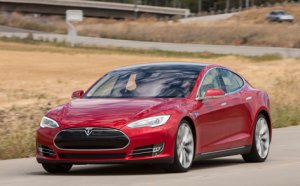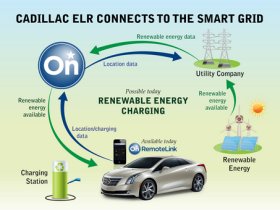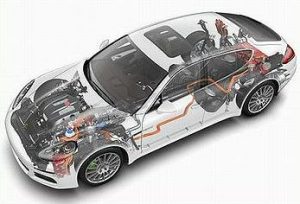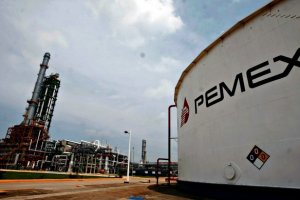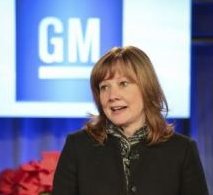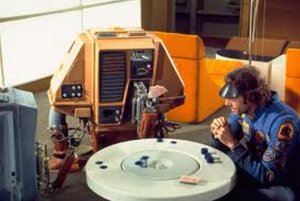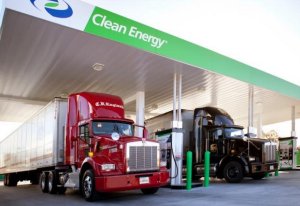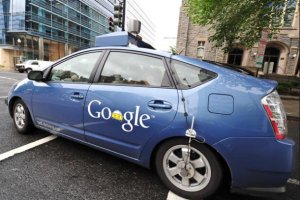 I was hoping to have more downtime during the holiday break with news – all quiet on the western front. Well, there was quite a lot worthy of attention. I will boil it down and keep it simple. You can also read the usual media year-end offerings in the next two articles – Top 10 stories from 2013 and predictions for the new year. As for this past week……
I was hoping to have more downtime during the holiday break with news – all quiet on the western front. Well, there was quite a lot worthy of attention. I will boil it down and keep it simple. You can also read the usual media year-end offerings in the next two articles – Top 10 stories from 2013 and predictions for the new year. As for this past week……
- Hyundai and Kia are settling a huge number of complaints about posting incorrect, inflated mileage ratings on some of their cars such as the Hyundai Elantra and Kia Soul. Hyundai originally offered to reimburse owners for the higher fuel costs plus a 15% “we’re sorry” bonus. Through settlement of a class-action lawsuit, owners can accept a one-time lump sum payout. That dollar figure still has to be worked out.
- Daimler isn’t pulling away from its ownership stake in Tesla Motors even though its share values over the new three years are harder to predict. Tesla stock prices plummeted after battery fires in its Model S. The electric carmaker is supply motors and batteries to Daimler for its Smart Fortwo electric vehicle and the new Mercedes-Benz B-Class (this goes on sale next year). Daimler holds a 4.3% stake in Tesla and wants to expand its role with the company.
- Speaking of Tesla, the state of California’s treasurer is giving the company a $34.7 million tax break in a bid to help the company ramp up production. Tesla won’t have to pay sales and use tax on new manufacturing equipment up to $415 million.
- Natural gas vehicles had a growth spurt in sales in late 2013 driven by lower fuel costs and the environmental benefits over diesel, according to a Navigant Research study. That trend is expected to continue with a compound annual growth rate of 12.6% for natural gas trucks and 6.4% for natural gas buses between 2013 and 2022. New engines and vehicles are being introduced including a 12-liter engine form Cummins Westport next year. That will be targeted at the day cab market.
- The 2014 Lincoln MKX will be lighter and more eco-friendly using tree-harvested natural fibers in place of traditional glass-based fibers. The tree-based, renewable alternative to fiberglass for use in auto parts comes from a collaboration between Lincoln, Weyerhaeuser, and Johnson Controls. Using cellulose reinforced polypropylene instead of fiberglass materials makes those materials about 6% lighter and decreases reliance on less-environmentally friendly fiberglass parts.
- Saab is a year out of bankruptcy and is depending on an electric version of its Saab 9-3. Saab’s new owner, National Electric Vehicle Sweden, is targeting its home market of China, where the government is promoting clean automotive technology with up $16 billion in vehicle subsidies, R&D, and infrastructure spending.
- Michigan Governor Rick Snyder signed legislation allowing driverless cars to be tested on the state’s roadways. Michigan just joined Nevada, California, and Florida as the only states allowing such on-road testing.
- Ever hear of Zenn Motor Co.? The Canada-based neighborhood EV company now has an agreement to buy a majority stake in energy-storage company and distribution partner EEStor. This is reminiscent of Coda Automotive leaving the EV business and moving into the rapidly expanding power storage market.

